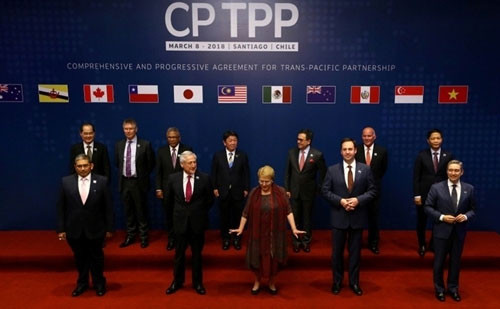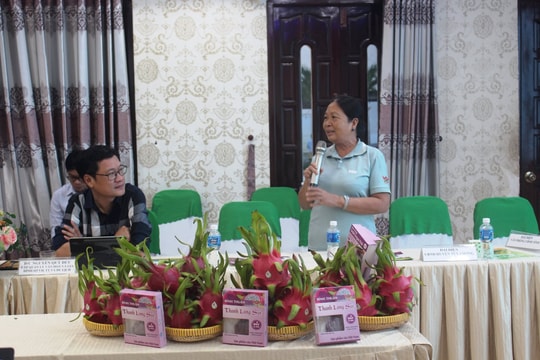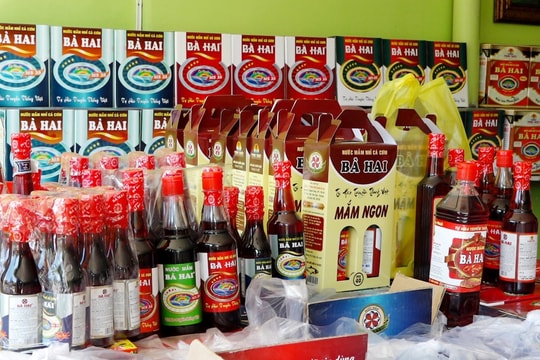 |
| Representatives from 11 member countries signed the deal (Photo:Reuters) |
Representatives from 11 member countries, including Australia, Brunei, Canada,
Chile, Japan, Malaysia, Mexico, New Zealand, Peru, Singapore and Vietnam, signed
their new pact at a ceremony co-hosted by Chilean President Michelle Bachelet
and Foreign Minister Heraldo Munoz.
The
landmark Trans-Pacific trade agreement covers 30 chapters and deals not only
with traditional areas of international trade, such as goods, services and
investment, but also new issues, including e-commerce and State-owned
enterprises.
When
coming into force 60 days after being fully ratified by six of the 11 members,
the pact will create the largest free-trade zone in the world, with a market
encompassing nearly 500 million people and representing about 13.5% of global
gross domestic product.
Chilean President Bachelet emphasised that CPTPP members would welcome the US to join the pact again, but Washington would have to accept the terms under the revised agreement. New Zealand’s Trade Minister David Parker said that the prospect of the US joining in the next couple of years was “very unlikely” and that even if Washington expressed a willingness to join
CPTPP,
there was no guarantee that the members would lift all the suspensions. In the
case of the US joining the CPTPP, the concerned parties would have to show
concessions and flexibility in the negotiations.
Earlier on March 8, the Republic of Korea (ROK)’s Ministry of Trade, Industry and Energy announced that it would decide whether to join the CPTPP this year after considering its impact on the national economy and consulting with member states. The ROK has reached bilateral trade agreements with nine nations among the 11 member states of the CPTPP. Even if the CPTPP is effective, it would have a very limited impact on the Korean economy.
Source: NDO




















.jpg)




.jpeg)

.jpeg)


.jpeg)


